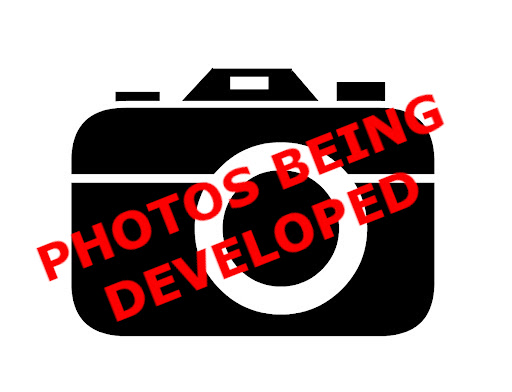What is a Civilization?
A civilization (or civilisation) is a complex society that is characterized by urban development, social stratification, a form of government, and symbolic systems of communication (such as writing).
Civilizations are intimately associated with and often have characteristics such as centralization, the domestication of plant and animal species, specialization of labor, culturally-ingrained ideologies of progress and supremacism, monumental architecture, taxation, societal dependence upon farming and expansionism.
Historically, “a civilization” has often been understood as a larger and “more advanced” culture, in implied contrast to smaller, supposedly primitive cultures. In this broad sense, a civilization contrasts with non-centralized tribal societies, including the cultures of nomadic pastoralists, Neolithic societies or hunter-gatherers; however, sometimes it also contrasts with the cultures found within civilizations themselves. Civilizations are organized densely-populated settlements divided into hierarchical social classes with a ruling elite and subordinate urban and rural populations, which engage in intensive agriculture, mining, small-scale manufacture and trade. Civilization concentrates power, extending human control over the rest of nature, including over other human beings.
Civilizations tend to develop intricate cultures, including a state-based decision making apparatus, a literature, professional art, architecture, organized religion and complex customs of education, coercion and control associated with maintaining the elite.
The intricate culture associated with civilization has a tendency to spread to and influence other cultures, sometimes assimilating them into the civilization (a classic example being Chinese civilization and its influence on nearby civilizations such as Korea, Japan and Vietnam).

Neolithic Revolution
At first, the Neolithic was associated with shifting subsistence cultivation, where continuous farming led to the depletion of soil fertility resulting in the requirement to cultivate fields further and further removed from the settlement, eventually compelling the settlement itself to move. In major semi-arid river valleys, annual flooding renewed soil fertility every year, with the result that population densities could rise significantly. This encouraged a secondary products revolution in which people used domesticated animals not just for meat, but also for milk, wool, manure and pulling ploughs and carts – a development that spread through the Eurasian Oecumene.
The earlier neolithic technology and lifestyle were established first in Western Asia (for example at Göbekli Tepe, from about 9,130 BCE), and later in the Yellow River and Yangtze basins in China (for example the Pengtoushan culture from 7,500 BCE), and later spread. Mesopotamia is the site of the earliest developments of the Neolithic Revolution from around 10,000 BCE, with civilizations developing from 6,500 years ago. This area has been identified as having “inspired some of the most important developments in human history including the invention of the wheel, the planting of the first cereal crops and the development of the cursive script”. Similar pre-civilized “neolithic revolutions” also began independently from 7,000 BCE in northwestern South America (the Norte Chico civilization) and Mesoamerica.

Cities / Urban Development
This “urban revolution” marked the beginning of the accumulation of transferable surpluses, which helped economies and cities develop. It was associated with the state monopoly of violence, the appearance of a soldier class and endemic warfare, the rapid development of hierarchies, and the appearance of human sacrifice.
The civilized urban revolution in turn was dependent upon the development of sedentism, the domestication of grains, plants and animals, the permanence of settlements and development of lifestyles that facilitated economies of scale and accumulation of surplus production by certain social sectors. The transition from complex cultures to civilizations, while still disputed, seems to be associated with the development of state structures, in which power was further monopolized by an elite ruling class who practiced human sacrifice

Well-Organized Government
Info

Complex Religion
Religion is a social-cultural system of designated behaviors and practices, morals, beliefs, worldviews, texts, sanctified places, prophecies, ethics, or organizations, that relates humanity to supernatural, transcendental, and spiritual elements; however, there is no scholarly consensus over what precisely constitutes a religion.
Different religions may or may not contain various elements ranging from the divine, sacred things, faith, a supernatural being or supernatural beings or “some sort of ultimacy and transcendence that will provide norms and power for the rest of life”. Religious practices may include rituals, sermons, commemoration or veneration (of deities and/or saints), sacrifices, festivals, feasts, trances, initiations, funerary services, matrimonial services, meditation, prayer, music, art, dance, public service, or other aspects of human culture. Religions have sacred histories and narratives, which may be preserved in sacred scriptures, and symbols and holy places, that aim mostly to give a meaning to life. Religions may contain symbolic stories, which are sometimes said by followers to be true, that may also attempt to explain the origin of life, the universe, and other phenomena. Traditionally, faith, in addition to reason, has been considered a source of religious beliefs.

Specialized Labor
Info

Distinct Social Classes
Info

Art and Architecture
Info

Large Public Works
Info

Written Language
Info
